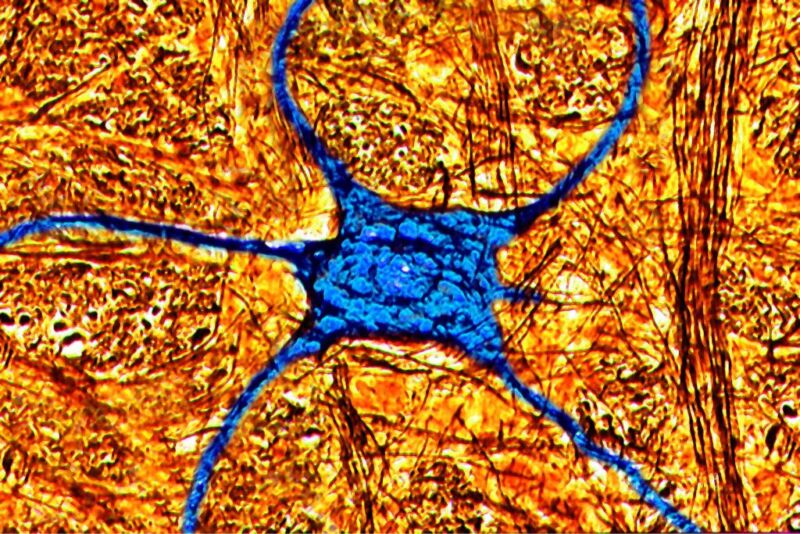Canada’s Oscar Entry ‘Universal Language’ Sets Release Date (EXCLUSIVE)



Enlarge / Human Neuron, Digital Light Microscope. (Photo By BSIP/Universal Images Group via Getty Images) (credit: BSIP/Universal Images Group via Getty Images)
“Language is a huge field, and we are novices in this. We know a lot about how different areas of the brain are involved in linguistic tasks, but the details are not very clear,” says Mohsen Jamali, a computational neuroscience researcher at Harvard Medical School who led a recent study into the mechanism of human language comprehension.
“What was unique in our work was that we were looking at single neurons. There is a lot of studies like that on animals—studies in electrophysiology, but they are very limited in humans. We had a unique opportunity to access neurons in humans,” Jamali adds.
Jamali’s experiment involved playing recorded sets of words to patients who, for clinical reasons, had implants that monitored the activity of neurons located in their left prefrontal cortex—the area that’s largely responsible for processing language. “We had data from two types of electrodes: the old-fashioned tungsten microarrays that can pick the activity of a few neurons; and the Neuropixel probes which are the latest development in electrophysiology,” Jamali says. The Neuropixels were first inserted in human patients in 2022 and could record the activity of over a hundred neurons.
Confidence is a crucial component of personal development, impacting every aspect of our lives from professional success to personal relationships. As an expert in Self-Help and Personal Development, I will share effective confidence-building exercises that can help you enhance your self-esteem and achieve your goals. These exercises are designed to be practical and easy to incorporate into your…

Enlarge (credit: Buena Vista Images)
Lots of animals communicate with each other, from tiny mice to enormous whales. But none of those forms of communication share even a small fraction of the richness of human language. Still, finding new examples of complex communications can tell us things about the evolution of language and what cognitive capabilities are needed for it.
On Monday, researchers reported what may be the first instance of a human-like language ability in another species. They have evidence that suggests that elephants refer to each other by individual names, and the elephant being referred to recognizes when it's being mentioned. The work could benefit from replication with a larger population and number of calls, but the finding is consistent with what we know about the sophisticated social interactions of these creatures.
We use names to refer to each other so often that it's possible to forget just how involved their use is. We recognize formal and informal names that refer to the same individual, even though those names often have nothing to do with the features or history of that person. We easily handle hundreds of names, including those of people we haven't interacted with in decades. And we do this in parallel with the names of thousands of places, products, items, and so on.